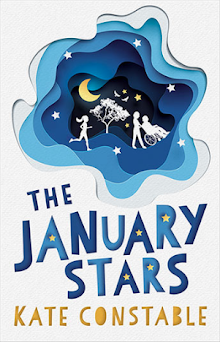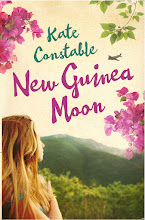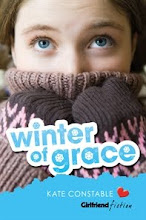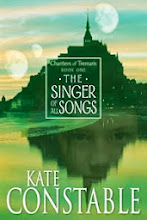It was so fascinating to read another memoir of young adulthood spent in India during the 1920s and 30s, the same time as M.M. Kaye, though I don't think they ever crossed paths. But Godden is fathoms deeper and more thoughtful about her experience, more aware of the local inhabitants outside the Raj bubble, and with many more personal relationships outside of the servant circle. Kaye certainly had fun; but Godden had joy.
I especially love the final section of the book, which deals with Godden's time living in a simple wooden house in the mountains of Kashmir with her two young daughters. Her marriage had broken down and she couldn't afford to live in the town; but the family could afford to live for almost nothing in Dove House. The frightening story of how this idyll collapsed is also told in Kingfishers Catch Fire, but the truth is even more painful than the novel.
I absolutely adore Rumer Godden's writing, and A Time To Dance alerted me to several early novels of hers which I have never come across. Reader, I broke. I have ordered six previously unread (by me) Rumer Godden novels from World of Books; I couldn't live without them any longer! No Book Buying resolution totally smashed.























